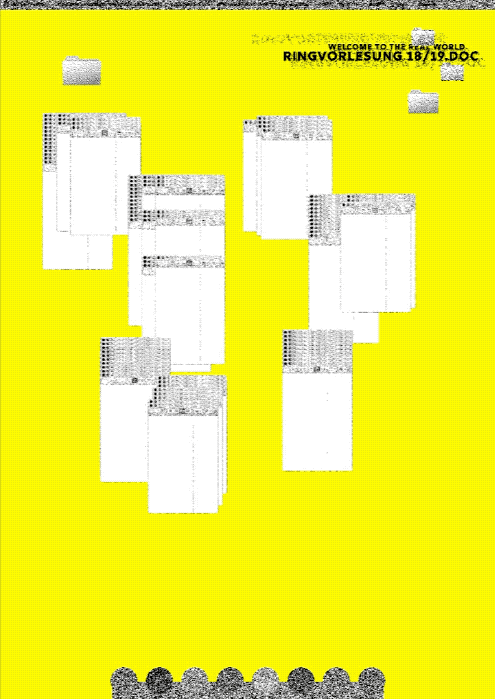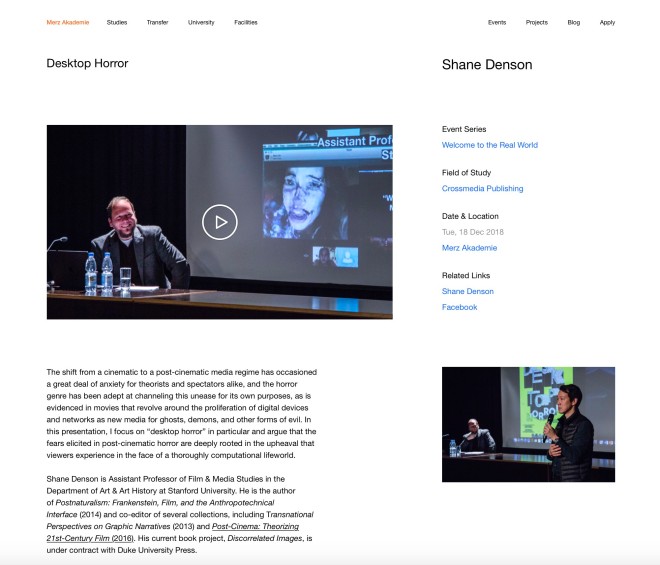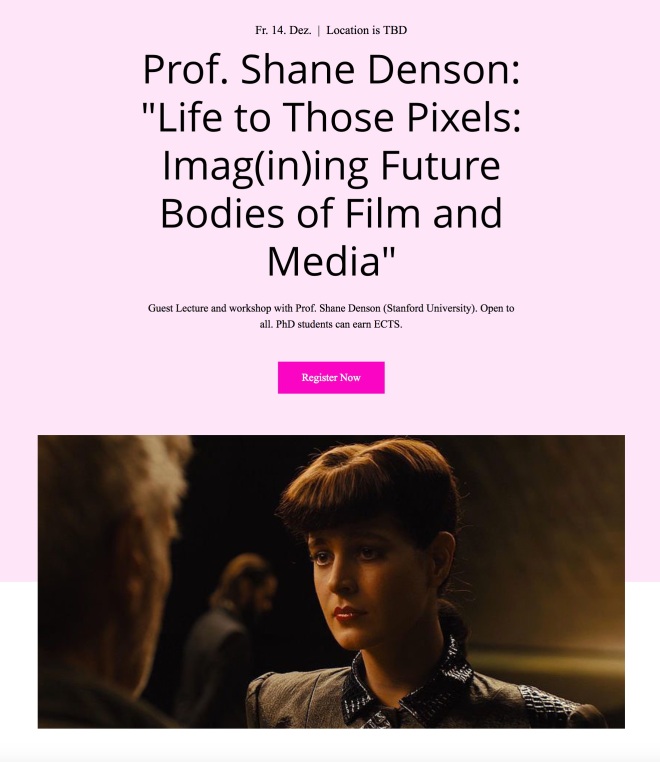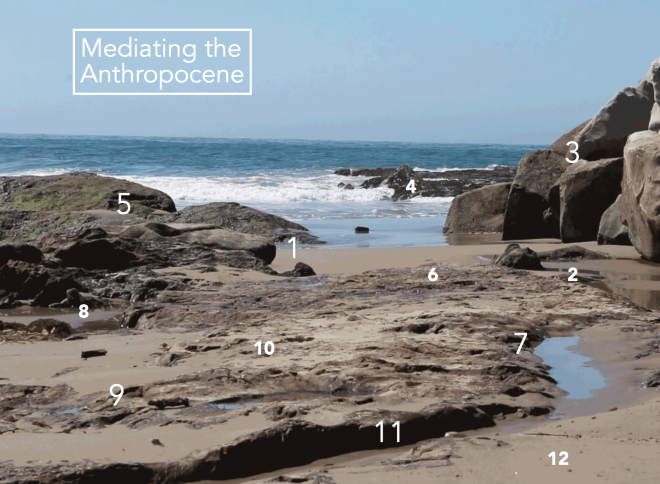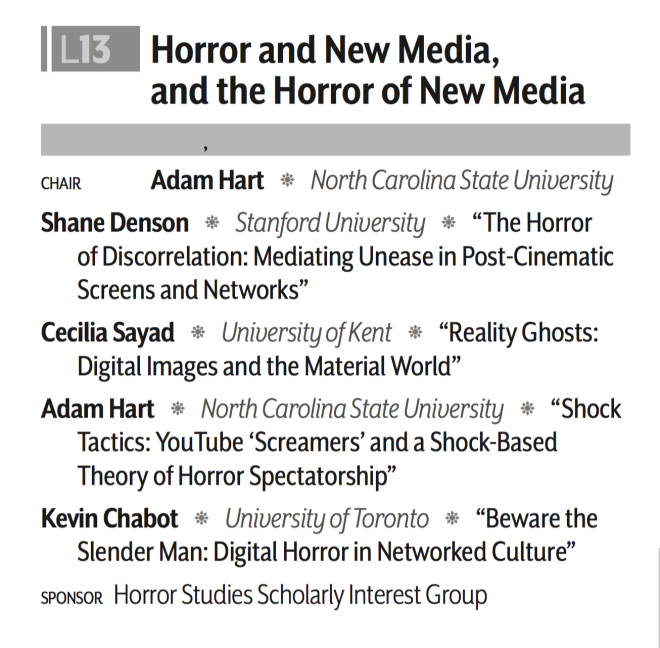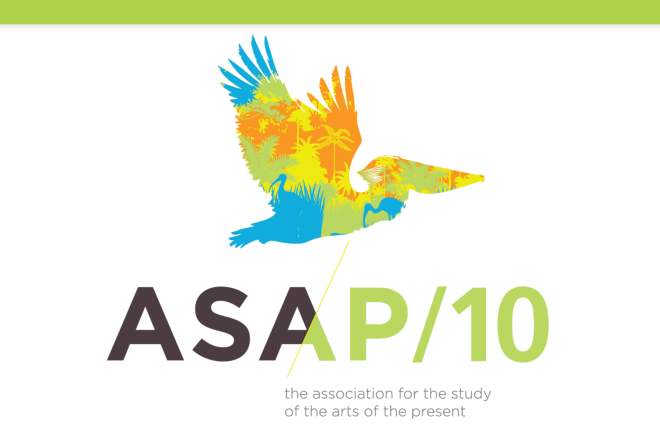
Next week, Oct. 17-20, 2018, the Association for the Study of the Arts of the Present (ASAP) will be holding its annual conference in New Orleans. There I will be on a panel, called “Images Otherwise,” with some excellent co-panelists: Andrew Johnston (NC State), Brooke Belisle (SUNY Stony Brook), and Jacob Gaboury (UC Berkeley). I will be presenting work related to my forthcoming book, Discorrelated Images.
Here is my abstract:
Images of Discorrelation
Shane Denson, Stanford University
This presentation deals with the ongoing transition from a cinematic to a post-cinematic media regime. Situated at the cusp between film studies and digital media studies, “images of discorrelation” names a variety of contemporary visual phenomena (glitches, artifacts, motion-smoothing, etc.) and seeks to articulate a theory of the perceptual, actional, and above all affective impacts of the thoroughgoing computationalization of moving-image media. The concept of “discorrelation” concerns the severing of phenomenological relations between viewing subjects and image-objects; it results from the failure, on the part of contemporary cameras and other imaging devices, to situate spectators in a coherently articulated viewing position. Furthermore, discorrelation is an effect of the microtemporal processing of computational images, which impacts viewers’ own embodied processing of time at a subperceptual level, prior to the articulation of subject-object relations. This generative dimension implicates computational imaging systems, including their use in mainstream movies and other media, in a fundamental transformation of human-technological relations.
